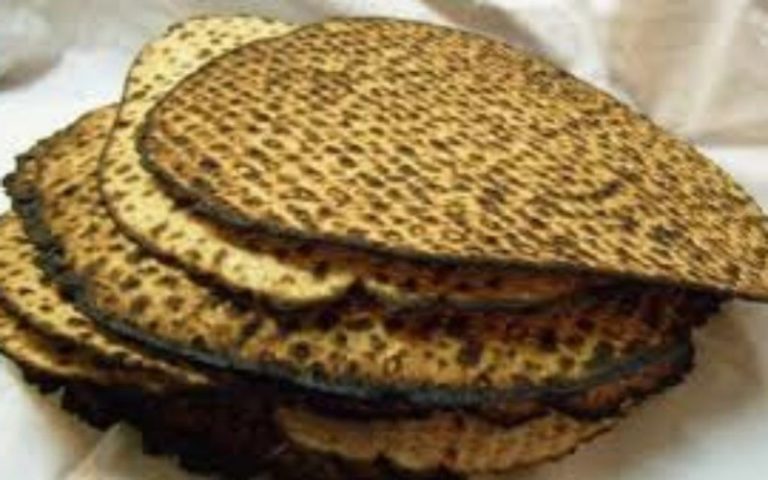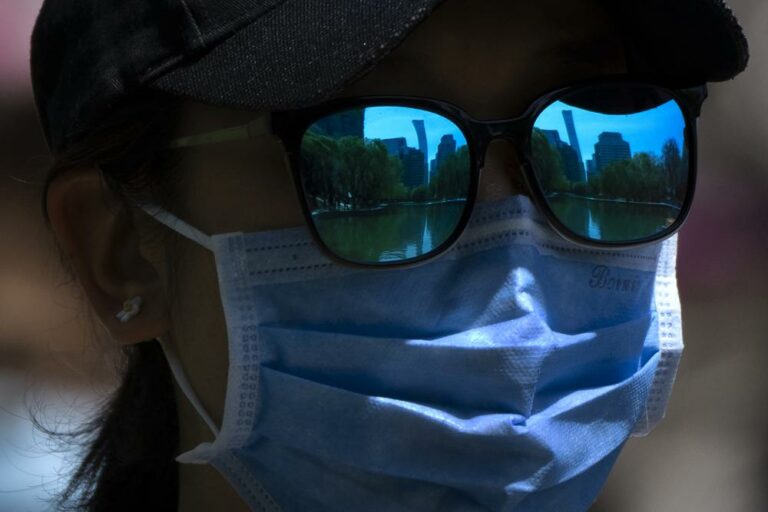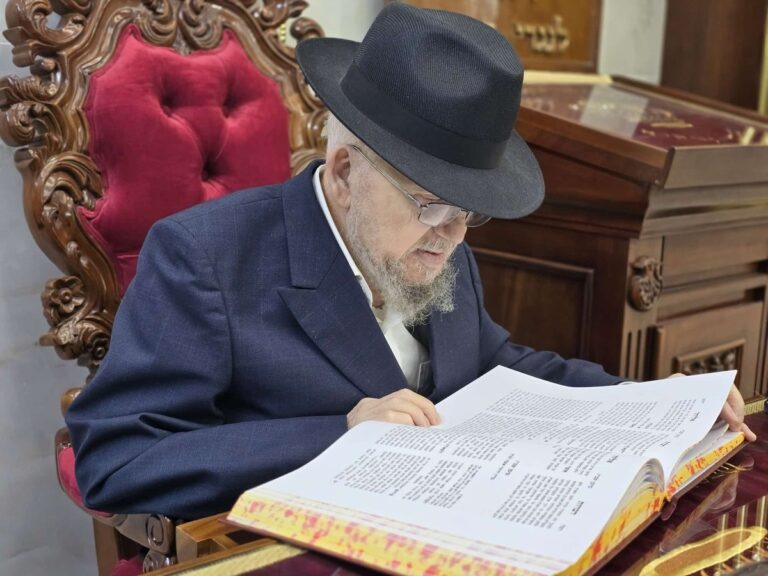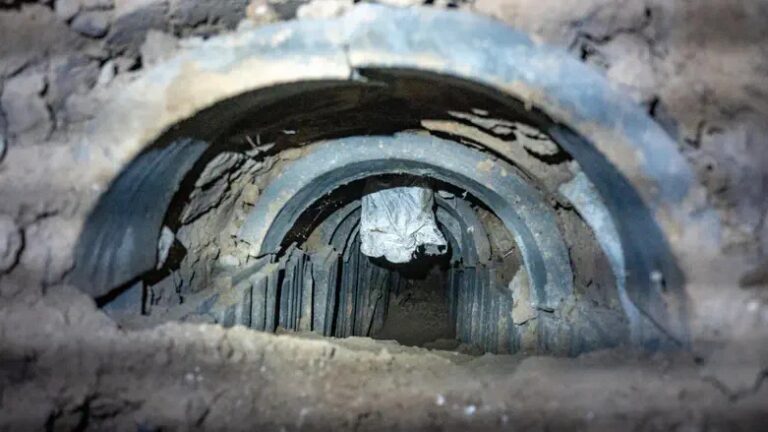 A group of 20 Israelis was rescued Saturday evening from Tunisia, where a violent uprising has succeeded in overturning the government.
A group of 20 Israelis was rescued Saturday evening from Tunisia, where a violent uprising has succeeded in overturning the government.
The complicated mission was orchestrated by a number of Israeli authorities, including the Foreign Ministry. The tourists were first transferred to a third country, from where they are to continue to Israel by plane.
Ministry spokesman Yossi Levy said of the affair, “It is a story that ends well, but demanded life-saving efforts by the Foreign Ministry and other agents.”
European travel companies were also rushing Saturday to retrieve thousands of tourists on package tours to Tunisia after widespread protests toppled the North African nation’s longtime president and brought chaos to some cities.
COL reports that Chabad Lubavitch of Tunisia, which ironically is located on Rue De Palestine, was closed since the violence erupted.
“The situation is very complex and we are trying to be the most careful,” R’ Binyamin Hatab, a local Chabad activist, said. “We’re trying not to leave the house in the evening and night and are listening to instructions heard in the media.”
Chabad in the African country was established in 1959 when Rabbi Nisson Pinson OBM and his wife Rochel were sent to Djerba as the Chabad Shluchim.
Around 1,500 Jews live today in Tunisia where Tunisian President Zine el Abidine Ben Ali, who has ruled the country since 1987, fled on Friday for Saudi Arabia after deadly protests over unemployment, high prices and lack of freedom of expression.
Prime Minister Mohamed Ghannouchi announced Friday that he has taken over the responsibilities of the president.
The Jewish community in Tunisia is still one of the largest in the Arab world but its numbers have sharply dropped from 100,000 on independence from France in 1956. Most of the Jews emigrated to France or Israel after the 1967 Arab-Israeli war.
There are several synagogues in the country together with kindergartens and schools.
The most famous synagogue is the Ghriba synagogue located in the village of Hara Sghira on the island of Djerba. The current building was constructed in late 19th or early 20th century, but the site is believed to have had a synagogue on it for the past 1,900 years.
Thousands of Tunisian Jews from around the world have for centuries made an annual pilgrimage to the Ghriba on Lag Ba’Omer.
The El Ghriba synagogue is located in the former Jewish village of Harah Sghira and, according to one tradition, was established by a group of Kohanim, from the Bais Hamikdash, who supposedly settled on the island immediately after the destruction of the first Bais Hamikdash. (The tradition holds that the refugees brought a door and a stone from the destroyed Bais Hamikdash with them.)
On April 11, 2002, just before the pilgrimage, a truck full of explosives was detonated close to the synagogue, killing 21 people of whom 14 were German tourists, five Tunisians and 2 Frenchmen, and wounding over 30. Al Qaeda had claimed responsibility.
Nearly half of the Jews who remain in Tunisia live in Djerba.
(Source: Ynet / COLLive / EJP)











2 Responses
Why was there a need for a Chabad shliach in Djerba? There has been an observant Jewish community there continuously for two thousand years!
CharlieHall
I am not Chabad but we shouldn’t ever have bigger problems than that. Lubavich believes that only once the Torah of the Baal Shem is spread throughout the entire world will Moshiach come. And Moshiach said so to the Baal Shem, when asked in heaven, “When will the master arrive?”. Obviously, you may choose to believe that or not. I do. So Djerba, or anywhere else, is fine by me.